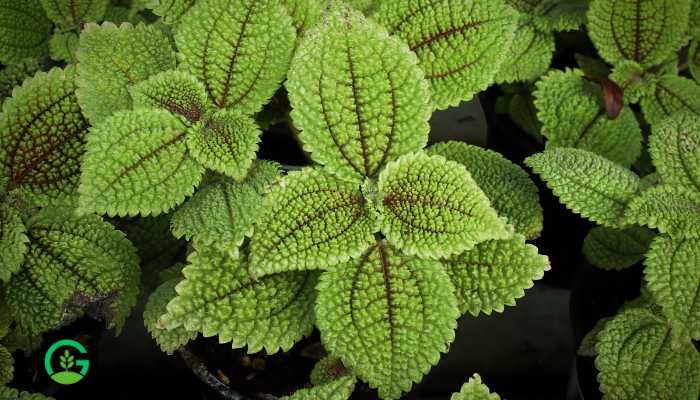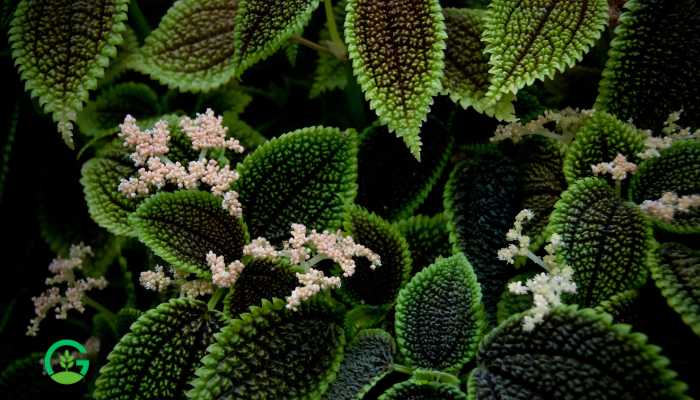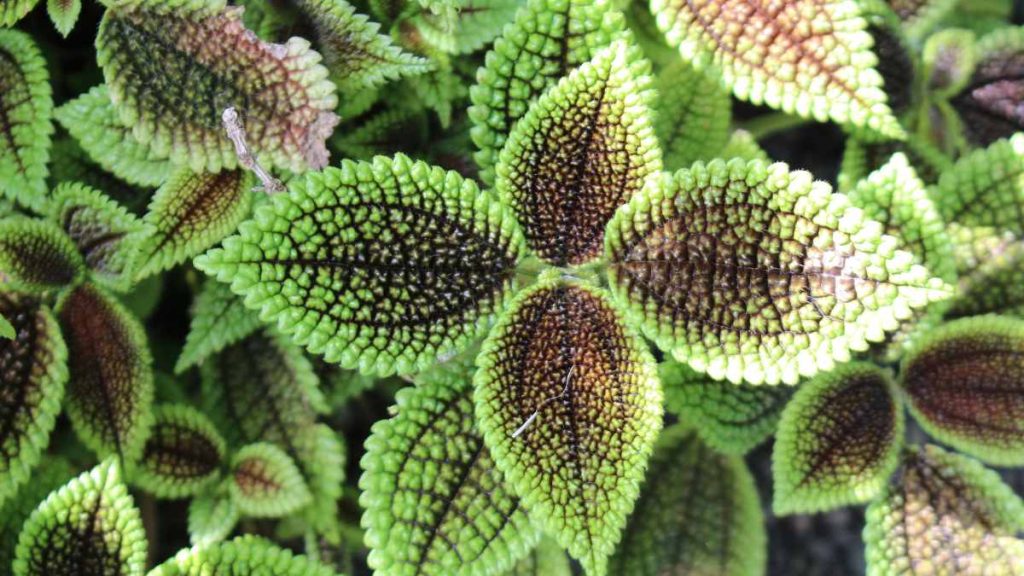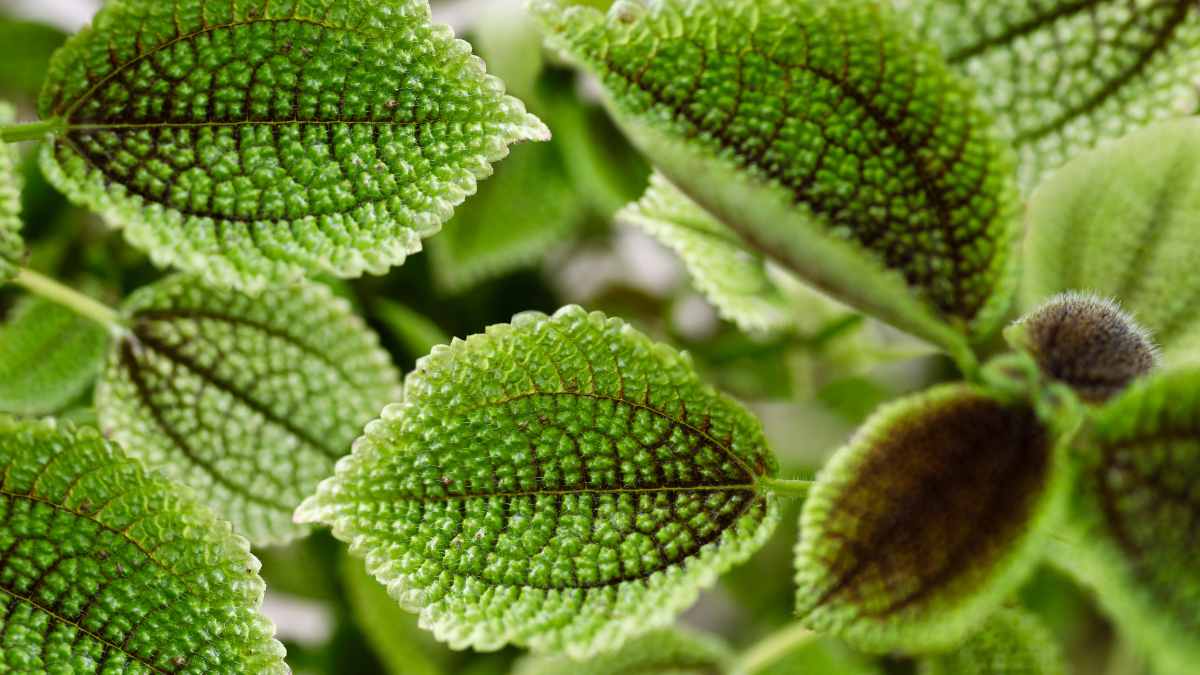If you are a plant enthusiast or just beginning your journey into the houseplant world, the Moon Valley Pilea plant is a great choice to consider.
This attractive little plant, with its unique structure and unpretentious nature, has quickly become a favorite among plant lovers.
In this guide, we’ll explore everything you need to know about Moon Valley Pilea, from its origins and care tips to how it can enhance your home decor.
Moon Valley Pilea Plant Table of Contents
Introduction Moon Valley Pilea Plant
Have you ever heard of the Moon Valley Pilea plant? This intriguing plant, with its vibrant green foliage and textured leaves, is not just another houseplant; it’s a piece of living art that can bring life to any room. Whether you’re a seasoned plant parent or new to the game, this guide will provide you with all the information you need to keep your Moon Valley Pilea thriving.
Origins and History
The Moon Valley Pilea, scientifically known as Pilea involucrata, originates from the tropical regions of Central and South America. Its name, “Moon Valley,” comes from the deep, crater-like indentations on its leaves, reminiscent of the moon’s surface. These plants were initially discovered growing in the wild, thriving in the humid underbrush of rainforests, which makes them perfectly suited for the warm, indoor environments of our homes.

Physical Characteristics
What makes the Moon Valley Pilea plant stand out in the plant world?
Leaves: The leaves are deeply textured and crinkled, giving them a unique appearance that catches the eye. They are bright green with deep veins that can sometimes appear brown or bronze, adding to their visual appeal.
Size: Typically, the Moon Valley Pilea is a compact plant, growing up to 12 inches tall and spreading about the same width, making it perfect for small spaces.
Flowers: While the flowers are not the main attraction, they do add a delicate touch. The plant produces small, inconspicuous pinkish-white flowers that appear intermittently throughout the year.
Benefits of Having a Moon Valley Pilea Plant
Why should you consider adding a Moon Valley Pilea plant to your collection?
Aesthetic Appeal: Its striking leaves make it a beautiful addition to any room, adding a touch of nature and elegance.
Air Purification: Like many houseplants, the Moon Valley Pilea helps in purifying the air by absorbing pollutants and releasing oxygen.
Low Maintenance: It’s an easy-going plant that doesn’t require much attention, making it ideal for busy individuals or those new to plant care.

Ideal Growing Conditions
Creating the perfect environment for your Moon Valley Pilea is key to its health and growth.
Light: This plant thrives in bright, indirect light. Direct sunlight can scorch its leaves, so a spot near a north or east-facing window is ideal.
Temperature: Being a tropical plant, it prefers temperatures between 60-75°F. It’s important to keep it away from drafts and sudden temperature changes.
Humidity: High humidity is essential. If the air in your home is dry, consider using a humidifier or placing a tray of water near the plant to maintain moisture.
How to Care for Your Moon Valley Pilea
Caring for your Moon Valley Pilea plant is straightforward if you follow these tips:
Watering: Water your plant when the top inch of soil feels dry. Be careful not to overwater, as this can lead to root rot. It’s better to err on the side of underwatering than overwatering.
Soil: Use a well-draining potting mix. A combination of peat, perlite, and pine bark is ideal.
Fertilizing: Feed your plant with a balanced liquid fertilizer every month during the growing season (spring and summer). Reduce feeding in the fall and winter.
Common Problems and Solutions
Even the hardiest plants can encounter issues. Here are some common problems and how to fix them:
Yellow Leaves: This could be a sign of overwatering. Check the soil and adjust your watering schedule accordingly.
Brown Leaf Edges: Often caused by low humidity or too much direct sunlight. Increase humidity and move the plant to a less sunny spot.
Pests: Watch out for common pests like spider mites and aphids. Treat infestations with insecticidal soap or neem oil.

Propagation Techniques
Propagating your Moon Valley Pilea is a rewarding process. Here’s how to do it:
Stem Cuttings: Take a healthy cutting with at least one node. Place the cutting in water or directly into moist soil. In a few weeks, roots should develop.
Division: If your plant is large enough, you can divide it during repotting. Gently separate the root ball into smaller sections and plant them individually.
Decorating with Moon Valley Pilea Plant
The Moon Valley Pilea plant is versatile in home decor.
Shelves and Desks: Its compact size makes it perfect for adding greenery to shelves, desks, or coffee tables.
Terrariums: Due to its love for humidity, it thrives in terrariums, creating a mini tropical landscape.
Hanging Baskets: Although not a trailing plant, it can be a unique addition to hanging baskets, providing lush greenery at eye level.
Moon Valley Pilea in Feng Shui
In Feng Shui, plants are believed to bring positive energy into a home. The Moon Valley Pilea, with its vibrant and lush appearance, can enhance the energy of any space. Place it in the wealth or health corners of your home to invite prosperity and vitality.
Read More
Seasonal Care Tips
Spring/Summer: This is the growing season. Ensure your plant gets enough light and increase watering as needed. Fertilize monthly.
Fall/Winter: Growth slows down. Reduce watering and stop fertilizing. Ensure the plant is kept away from cold drafts and maintain humidity.
Moon Valley Pilea and Pets
The Moon Valley Pilea is non-toxic to pets, making it a great choice for pet owners. However, it’s always best to keep plants out of reach of curious pets to prevent any potential mishaps.
Frequently Asked Questions
How often should I water my Moon Valley Pilea?
Water your plant when the top inch of soil feels dry. This usually means watering once a week, but it can vary depending on the environment.
Can I propagate my Moon Valley Pilea in water?
Yes, you can propagate it in water. Take a stem cutting and place it in a jar of water. Once roots develop, you can transplant it into soil.
What type of light is best for the Moon Valley Pilea?
Bright, indirect light is best. Direct sunlight can cause the leaves to burn.
Why are the leaves of my Moon Valley Pilea turning yellow?
Yellow leaves are often a sign of overwatering. Ensure the soil is well-draining and allow it to dry out slightly between waterings.
Is the Moon Valley Pilea safe for pets?
Yes, the Moon Valley Pilea is non-toxic to both cats and dogs, making it a pet-friendly plant choice.
In conclusion, the Moon Valley Pilea plant is a beautiful, low-maintenance plant for any home. Its unique appearance and easy care requirements make it suitable for both beginners and experienced plant enthusiasts.
With the right care and conditions, this plant will thrive and bring a touch of the tropics to your indoor space. Happy planting!

















2 thoughts on “Best Guide to the Moon Valley Pilea Plant”